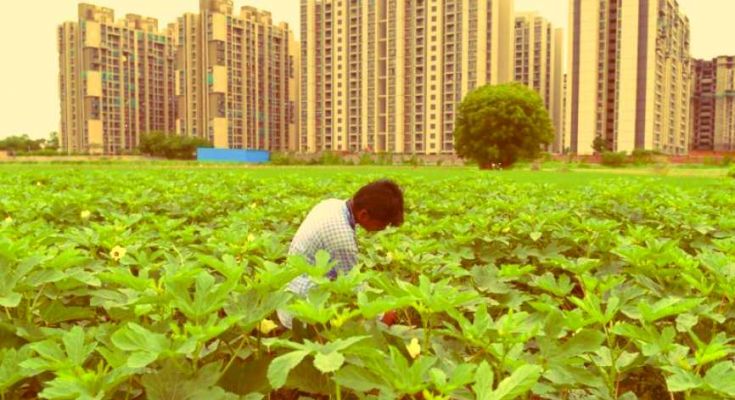“The sleeping elephant has now started to run.” This quote from Indian Prime Minister Narendra Modi sums up the current economic situation of India, now the sixth largest economy in the world. In the second quarter of 2018, India’s growth reached 8.2% compared to the same period of the previous year. A figure well above that of China (6.7%), which is facing a slowdown confirmed.
This growth is due to the dynamism of domestic demand. The most promising sectors are manufacturing (+ 13.5%), construction (+ 8.7%) and agriculture (+ 5%). Three branches that employ a large workforce. At the same time, household consumption increased by two points, from 6.7% in the first quarter to 8.6% in the second quarter. The figures are therefore rather comfortable from a national point of view but also internationally. According to an IMF report released on August 8, 2018, India alone generates 15 percent of global economic growth.
The clash of inequalities
Nevertheless these impressive performances hide a more nuanced reality. In the third quarter, the Indian economy lost a point of growth (7.1%). Blame the global slowdown and trade tensions. And even if this drop in pace is not worrying, it highlights several problems weighing on the Indian economy. For example, how do you integrate every month the one million young people entering the job market? For India to create jobs at the scale of its needs, it would need at least 8% growth. “Any GDP below 8% has very important ramifications for the economy. Below 7 or 7.5%, this could potentially hinder job creation, “said Ashutosh Datar, an independent economist in New Delhi.
Another major challenge is that the Indian economy, although flourishing, is failing to overcome inequalities. According to the latest World Bank report on poverty: in 2012, more than 20 percent of India’s population (240 million people) lived on less than two dollars a day. The daily Hindustan Times, cited by Courrier International, was also concerned about the French crisis of yellow vests: “India is not totally immune to a similar phenomenon in many regions, farmers are struggling with an unprecedented agrarian crisis, while “too few jobs are created”. In addition, a report from Credit Suisse recently underlined, the inequality index went from 81.3 in 2013 to 85.4 in 2018, on a scale of 0 to 100. In these circumstances, warns the Indian daily,



